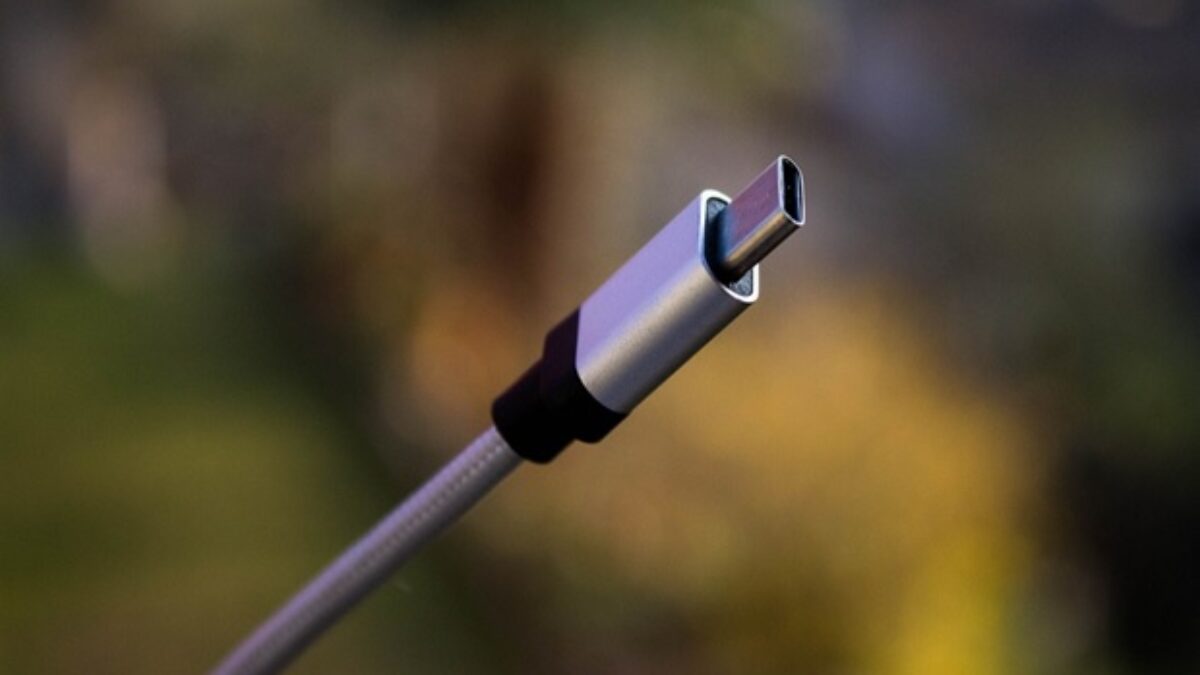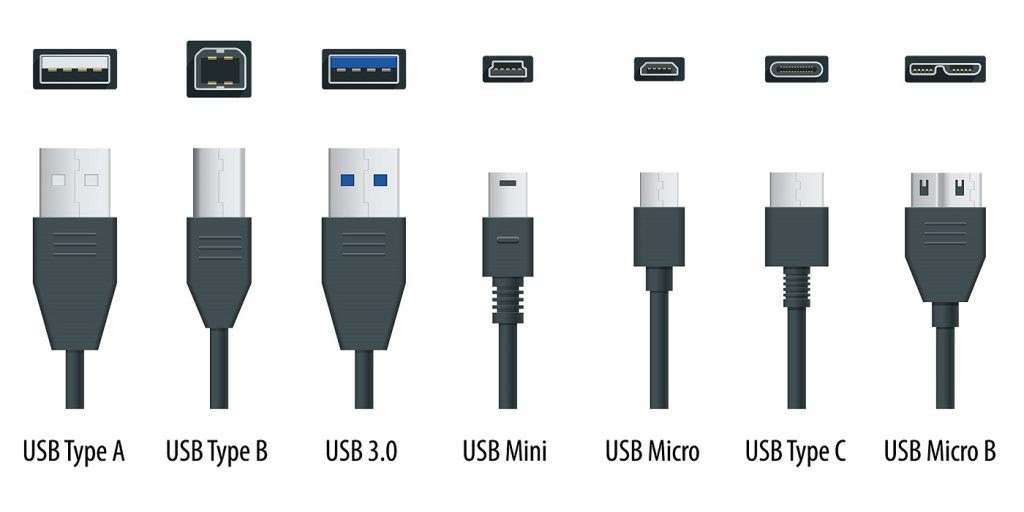Universal Serial Bus (USB) is a standard interface for connecting peripheral devices to a computer and computing devices. Over the years, USB has evolved to offer faster data transfer rates and improved functionality. This evolution is categorized into different types and versions, each with its own characteristics.

Let’s understand everything about universal serial bus and its types and speeds.
USB types.
USB Type-A: The original USB connector, widely used in computers, keyboards, mice, and other peripherals. It is flat and rectangular, the inner part may be colored according to speeds like black for basic, blue to fast, and red for the fastest right now.
USB Type-B: Typically found in larger devices such as printers and scanners. It is more square-shaped. It is not very common, but printer-scanner users may know it.
USB Mini and Micro: Smaller versions of USB Type-B, used in portable devices like digital cameras (mini) and featured phone or smartphones (micro). It is used on low profile and very affordable devices right now and slowly phasing out and replaced by USB Type-C.
There is also a Micro-B type of USB, which was famous for external hard drives and some charging devices. But it has been phased out too and replaced with USB Type-C.

USB Type-C: The latest USB connector, known for its reversible design and support for higher data transfer rates and power delivery. It is widely used in modern smartphones, laptops, and other devices. Many low profile devices also implementing Type-C Port.
Type-C USB is now first choice of consumers as this cable is handy to use, and most devices are using this as—you only need one cable for all sort of devices.
USB versions and speeds.
Each USB type can support different versions, which determine the data transfer speed and other capabilities. Here is a comparison table of all the versions in simplified way.
| USB version | Released on | Data transfer rate | Use cases and compatibility |
|---|---|---|---|
| USB 1.0 USB 1.1 | 1996 1998 | 1.5 Mbps (Low) 12 Mbps (Full) | First USB interface made, was used for basic data transfer, input devices like keyboard and mouse. It is outdated now and hard to find. |
| USB 2.0 | 2000 | 480 Mbps (High) | It was an improved version of USB 1.0 & 1.1 and supported a wide range of devices including earlier ones like keyboard, mouse, chargers, external storage, printer and scanners. It is still used today in many chargers, computers, and budget devices. |
| USB 3.0 USB 3.1 Gen 1 | 2008 2013 | 5 Gbps (SuperSpeed) | USB 3.0 changed everything with new interface and size. Power management is improved. High-speed external storage, video and audio devices. It is now seen as a new and compact version of USB. |
| USB 3.1 Gen 2 | 2013 | 10 Gbps (SuperSpeed+) | Even more enhanced speed. Used more in advanced data transfer, high-resolution video. |
| USB 3.2 | 2017 | 20 Gbps (Dual-lane) | Backwards compatible. High-speed data transfer, professional audio/video equipment. |
| USB 4.0 | 2019 | 40 Gbps | Ultra-fast data transfer, multiple display setups. |
Conclusion.
USB technology has significantly evolved, providing faster data transfer rates and more efficient power delivery with each new version. The introduction of USB Type-C and USB4 has revolutionized connectivity, offering versatile and high-speed interfaces suitable for a wide range of devices and applications.
Understanding the different USB types and versions is crucial for selecting the right peripherals and ensuring optimal performance in various use cases.
Leave a Reply